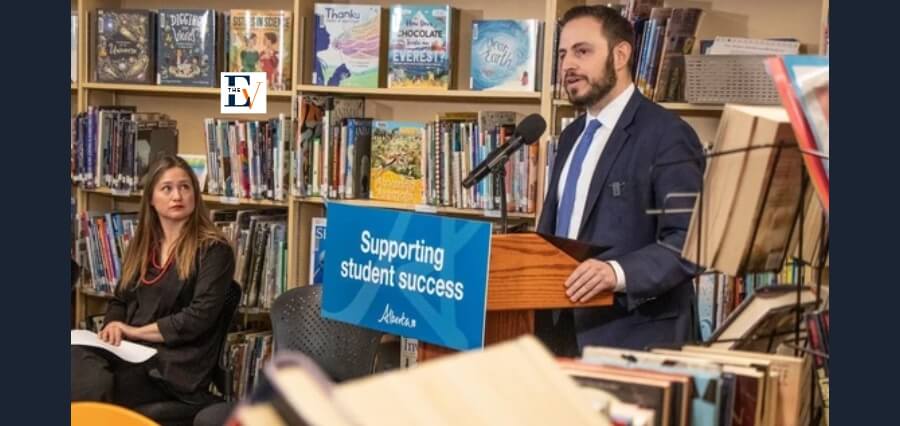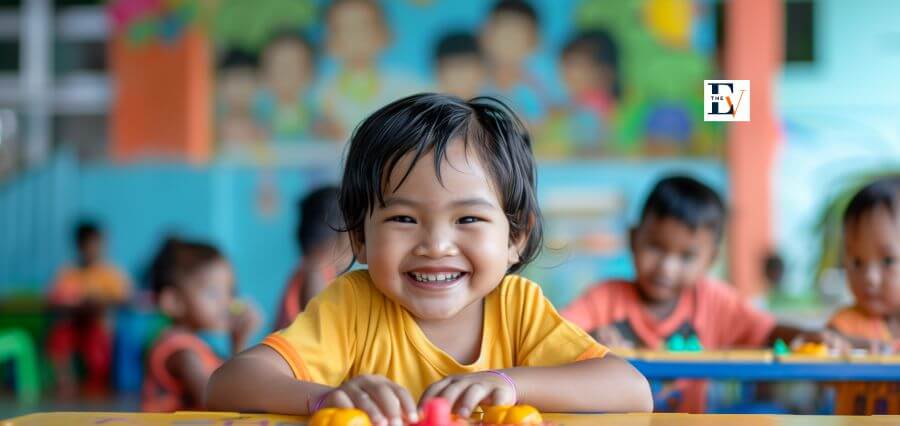Romania, a picturesque country nestled in Eastern Europe, boasts a rich cultural heritage, stunning landscapes, and a history that spans millennia. However, beneath this scenic facade lies a unique and intricate educational landscape that has been shaped by centuries of tradition, as well as more recent shifts in government policy and economic realities. In this article, we’ll embark on a journey to explore Romania’s educational system, uncovering both its challenges and triumphs, and seeking to decode the secrets of its past and present.
A Glimpse into Romania’s Educational History
To understand Romania’s contemporary education system, we must first delve into its historical roots. Romania’s education system has been significantly influenced by various phases of its history, including periods of Ottoman rule, the Enlightenment era, and the communist regime under Nicolae Ceaușescu. Each of these historical chapters has left an indelible mark on the country’s approach to education.
During the Ottoman Empire’s reign, Romania’s education system was primarily controlled by the Orthodox Church. This influence can still be seen today, as religious education remains an essential part of the curriculum. However, the Enlightenment era in the 18th century brought a new wave of thinking, emphasizing secular education and modernization. This period laid the foundation for Romania’s national education system, inspired by European models.
Fast forward to the 20th century, Romania underwent a radical transformation under communism. The Ceaușescu regime centralized control over education, emphasizing ideological indoctrination. While the regime expanded access to education, it also restricted academic freedom and stifled intellectual dissent. The fall of communism in 1989 opened a new chapter in Romania’s educational history, marked by efforts to align with Western educational standards and values.
The Modern Romanian Educational Landscape
Today, Romania’s education system is a complex blend of tradition and modernization. It is structured into four main levels: preschool, primary, secondary, and higher education. Compulsory education spans from ages 6 to 16, with primary education covering grades 1 to 4 and secondary education from grades 5 to 12. Romania’s education system is known for its rigorous curriculum, especially in mathematics and sciences, and its focus on academic excellence.
One of the distinctive features of Romanian education is the “matura” exam, a rigorous national examination taken at the end of high school. Success in this exam is essential for students aspiring to pursue higher education. The competitive nature of this exam reflects Romania’s commitment to maintaining high academic standards.
While the curriculum is challenging, Romania faces several unique challenges within its educational landscape. One of the most pressing issues is educational inequality. Disparities in educational outcomes persist between urban and rural areas, with access to quality education often limited in remote regions. Moreover, the rural-urban divide is exacerbated by economic disparities, as families in rural areas struggle to afford supplementary educational resources.
Another challenge is the brain drain phenomenon. Romania has experienced a significant emigration of skilled professionals, including educators, in search of better opportunities abroad. This loss of talent has a direct impact on the quality of education in the country, as well as on the broader economy.
Innovations and Reforms
Romania is not just grappling with challenges; it is also actively pursuing innovations and reforms within its education system. Recent years have seen efforts to modernize curriculum and teaching methods, incorporating digital technologies and interactive learning approaches. The government is working to bridge the urban-rural divide by investing in infrastructure and increasing access to educational resources in remote areas.
Additionally, Romania has been making strides in higher education, with its universities gaining recognition on the international stage. Romanian universities are now actively participating in international research projects and collaborations, attracting both students and academics from around the world.
The Impact of COVID-19
The COVID-19 pandemic has presented unprecedented challenges to education systems worldwide, including Romania’s. Schools faced the urgent need to adapt to remote and hybrid learning models, which required significant adjustments in curriculum delivery and digital infrastructure. While these changes brought about substantial disruptions, they also accelerated the adoption of technology in education.
In response to the pandemic, Romania launched various initiatives to support students and educators during these challenging times. Efforts were made to provide students with devices and internet access, ensuring continued access to education. Additionally, the pandemic prompted a reevaluation of pedagogical methods, leading to innovative approaches to online and blended learning.
The Road Ahead
As Romania navigates its unique educational landscape, the road ahead is both challenging and promising. Balancing tradition with innovation, addressing educational inequalities, and retaining and attracting talent are key priorities. By embracing change and learning from its complex history, Romania’s educational system has the potential to continue evolving and preparing its students for a dynamic and interconnected world.
In conclusion, Romania’s educational landscape is a tapestry woven with threads of history, tradition, and progress. It reflects the country’s determination to provide its citizens with a high-quality education while also addressing the challenges of the 21st century. As Romania cracks the code of its unique educational system, it holds the key to unlocking the full potential of its future generations and contributing to the global community in meaningful ways.






